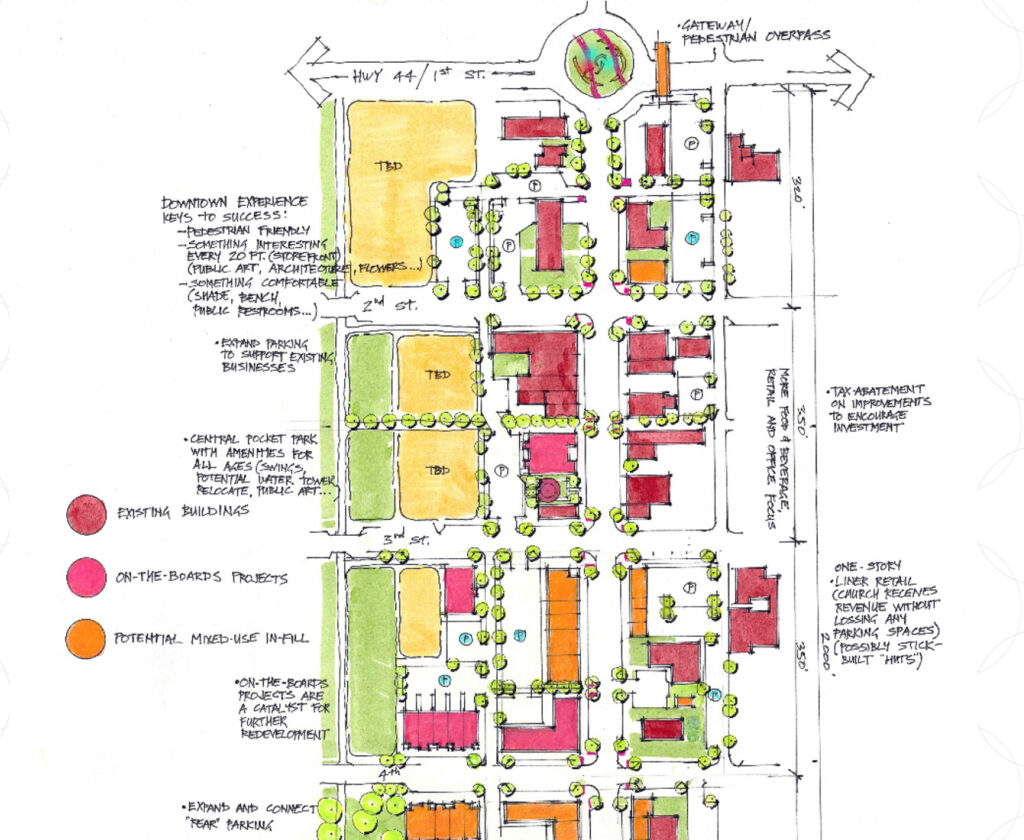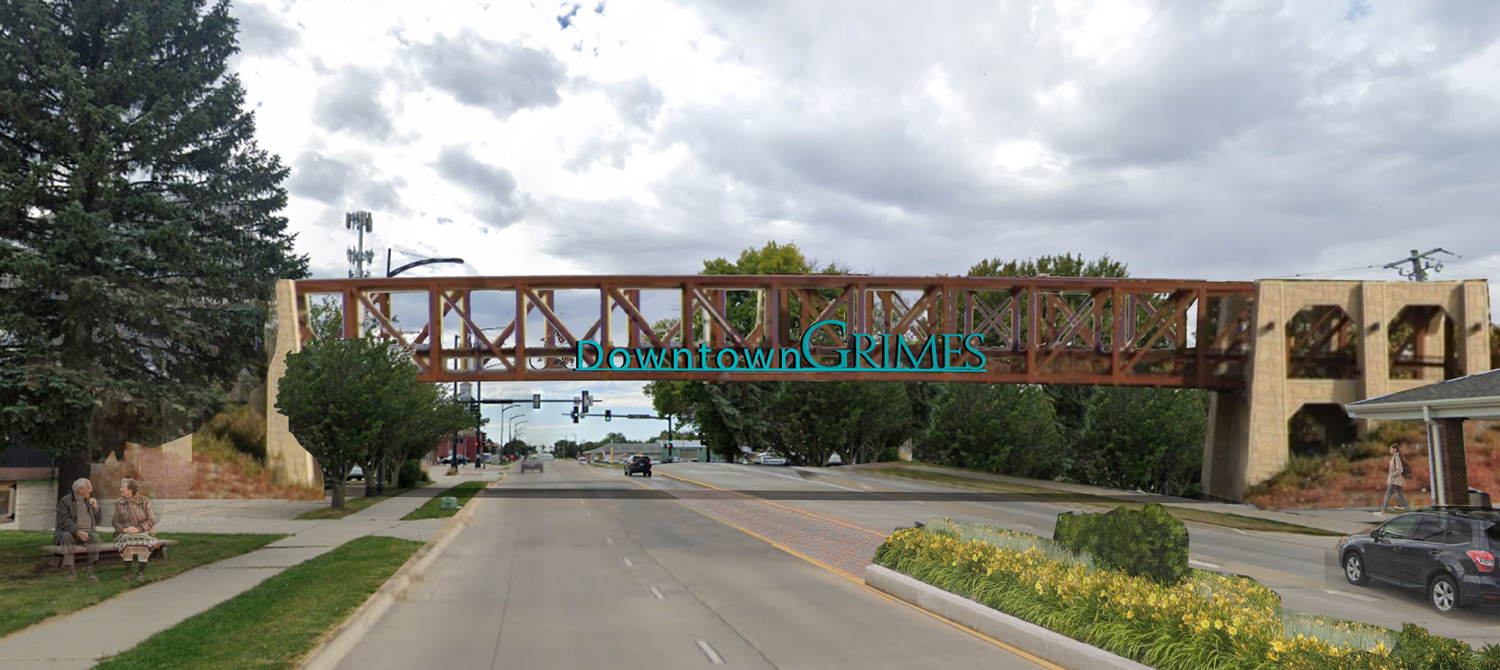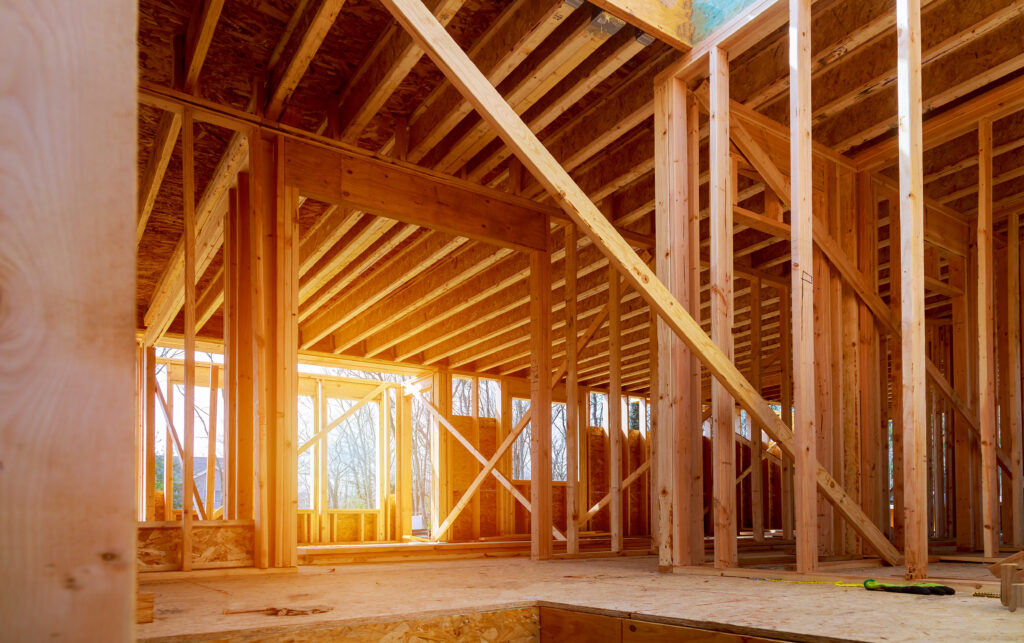Grimes takes next step in downtown vision plan

Michael Crumb May 7, 2025 | 6:00 am
4 min read time
1,054 wordsAll Latest News, Real Estate and DevelopmentThe city of Grimes recently released the initial findings from its downtown assessment survey and general recommendations as it continues its work to create a vision for the future of its downtown, commonly called the Governors District.
City officials were joined by representatives of the Iowa Economic Development Authority’s Downtown Resource Center and Dennis Reynolds of Reynolds Urban Design at a meeting on May 1 at the Grimes Community Complex on Main Street.
The presentation will be followed in the coming months by a full report from the IEDA team with more detailed recommendations, which will be forwarded to the Grimes City Council this fall as it begins work on its comprehensive land use plan through 2050 with consulting firm Confluence.
The presentation was part of a program through the Downtown Resource Center in the Iowa Economic Development Authority which also included a three-day planning exercise with the downtown consultants from IEDA.

Those meetings culminated with the May 1 presentation, which reviewed survey findings and general recommendations for revitalizing Grimes’ old downtown neighborhood.
There were 163 responses to the public input survey. The youngest was a sophomore in high school. The oldest was a 97-year-old woman who once served as Grimes’ city clerk. Here are some of the survey findings.
What is downtown’s greatest strength?
- Location
- Appearance/cleanliness
- Downtown building and businesses
What is downtown’s greatest weakness?
- Lack of businesses
- Not enough to do
- Lack of unique character
- Lack of event space
What type of new business do you think is most needed downtown?
- Restaurants
- Coffee shop
- Retail
- Boutique, clothing and shoe stores
- Bakery
- Brewery
What public amenities are most needed downtown?
- Green space
- Places for kids
- Public art
- Parking
- Street seating
The Grimes Community Complex is included in the downtown district, and respondents were asked what type of redevelopment they would envision for the site, which attracts about 80,000 visitors a year. Among the responses were:
- Entertainment and leisure
- Food and dining
- Retail
- Office and business services
- Residential
During the presentation, members of the consulting team identified the themes they will focus on in developing recommendations. The themes included:
- Leaders, champions and partners
- Public space
- Physical development
- Incentives and funding
Jeff Geerts, special projects manager for IEDA, said a common theme in the public input sessions has been that the downtown is the heart of the community. Geerts said there is a lot of opportunity for development on the four-block area that is the focus on the assessment.
“So think about that, and how this part of the community can help connect the community and how it can help interpret and share your history, and how it can also maintain that unique character,” he said at the May 1 meeting.
Another theme from the sessions was “modern amenities with vintage appeal,” Geerts said.
Among the general concepts that were shared during the meeting were widening the sidewalks for greater pedestrian flow and to create space for outdoor seating at restaurants and coffee shops.
Another idea was the better use of side streets, space behind buildings and alleys to create more parking.
The consulting group talked about the need to create better signage to direct people to and around the district. One option could be an overhead crossing over Highway 44 that creates a gateway feature to the downtown district, they said.
There were also suggestions to do more planting, install bike racks and benches and hang more decorative banners in the district.
“That can be done relatively quickly, and it just starts making it a lot more inviting,” Reynolds said.
Geerts said the city should also consider what windows downtown look like.
“I took a stroll there this morning and I bet 90% of the windows had all the blinds down,” he said.
That creates uncertainty about whether a business is open, and a “cold feeling.”
“You want to bring the inside out and the outside in as much as possible to create that vibrancy,” Geerts said.
Creating window displays and backlighting can create a more inviting, interesting environment, he said.
There was also a recommendation to dim street lights to draw more focus on lights coming from downtown businesses and create a warmer feel.
Another idea was installing what Geerts described as blade signs that run perpendicular to the street and make it easier for people to see what is there.
“It draws your attention to make you want to go down the street further,” he said.
Reynolds and members of the IEDA team also shared a map that shows where current downtown buildings are located, where opportunities for development exist and where current projects are underway.
They also discussed the creation of pocket parks in some areas of downtown and possibly extending Main Street to 11th Street, opening a second entrance to the downtown.
That would open access to a park space with a lake that could have event space.
There could also be angled parking rather than a parking lot in the park.
Reynolds said redevelopment of the current community complex could include a mix of retail, residential and green space. Part of it could be sold to a developer to create a revenue source for other capital improvements, he said.
A variety of housing could also be developed in the area, from high-end second-floor condominiums to smaller cottage-style single homes.
He said the primary goal is to create a “pedestrian rich environment.”
“We want to activate it with people, bring people downtown,” Reynolds said. “It’s important that we have this range of uses.”
Members of the consulting team also discussed possible funding sources for downtown projects. They cited various federal HUD opportunities, IEDA programs and possible partnerships with local foundations and nonprofits as opportunities to fund downtown improvements.
Katie Lord, Grimes’ economic development director, said she was excited to see the ideas presented by the IEDA team on how to activate public space, engage the public and create new business offerings downtown.

Michael Crumb
Michael Crumb is a senior staff writer at Business Record. He covers real estate and development and transportation.











